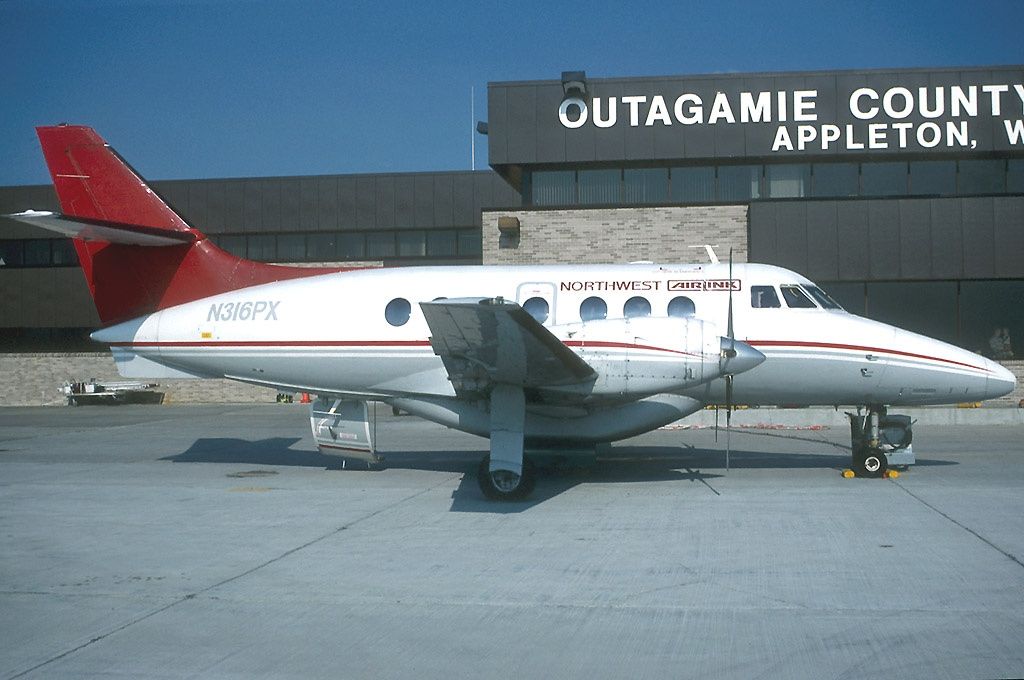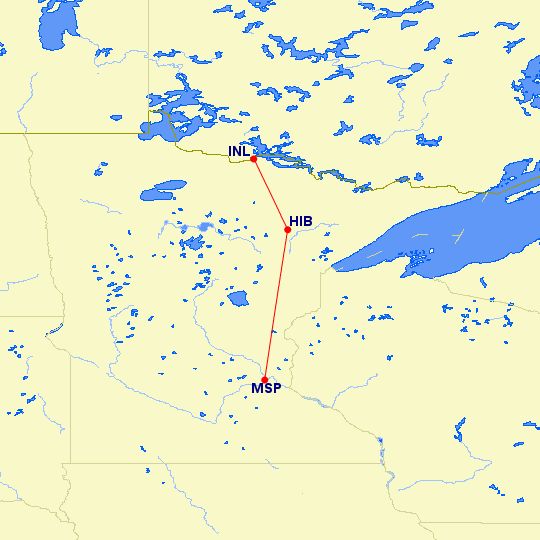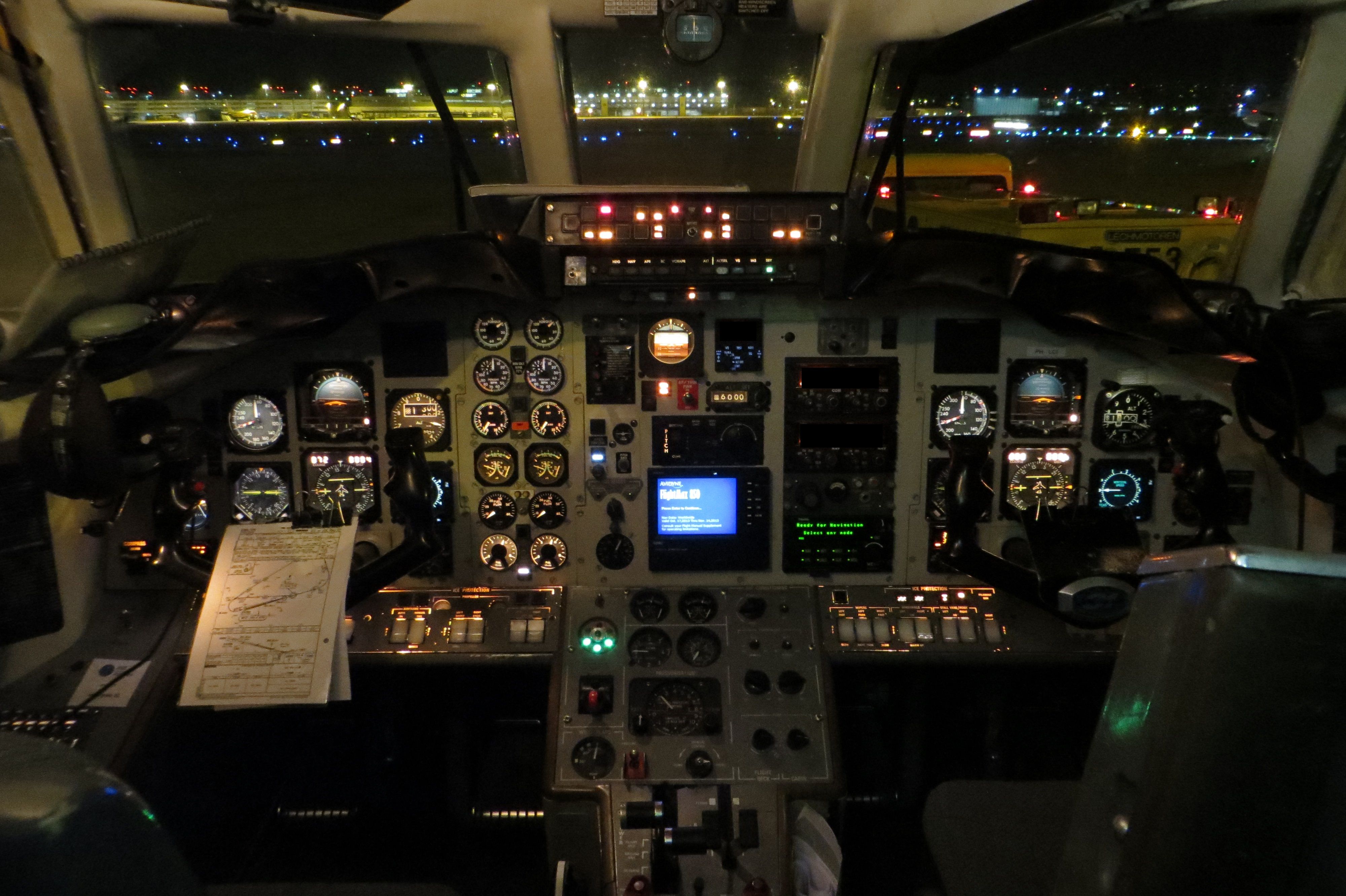Exactly 29 years ago today, on December 1, 1993, Northwest Airlink Flight 5719 crashed while on final approach to Range Regional Airport (HIB), in Hibbing, Minnesota killing both pilots and 16 passengers.The plane involved in the accident was a seven-year-old twin-engined British Aerospace Jetstream 31 turboprop operated by Express Airlines as Northwest Airlink.In command of the flight was 42-year-old Captain Marvin Falitz, assisted by 25-year-old First Officer Chad Erickson. At the time of the flight, Erickson only had 65 hours of flying experience on the Jetstream 31.
Northwest Airlink Flight 5719 was a domestic flight within Minnesota
Northwest Airlink Flight 5719 was a regularly scheduled domestic flight from Minneapolis–Saint Paul International Airport (MSP) to Falls International Airport (INL) with a stop at Range Regional Airport (HIB) in Hibbing, Minnesota. Flight 5719 departed 40 minutes late from Minneapolis due to a later arrival and the aircraft being overweight, which required one passenger to be removed from the plane.
The plane finally took off at 08:52 local time, 42 minutes behind schedule for the 174-mile first leg of the flight. The flight up to Hibbing was uneventful, and the aircraft received permission to land on Runway 31. Due to a tailwind, the pilots asked if they could land on Runway 13 instead. Runway 13 was not fitted with the instruments needed to fully guide the pilots to the runway leaving the pilots to perform a non-precision landing.
Permission was granted, and the pilots initiated the approach procedures, linking to the Hibbing Omnidirectional Radio Range (VOR) radio navigation system. The plane locked onto the localizer while at the height of 8,000 feet, delaying the start of its approach to the airport. Because of the delay, they now needed to perform a steep descent. Dropping 2,000 feet per minute, the aircraft continued its descent, striking a tree before flying into a ridge.
The investigation of Northwest Airlink Flight 5719
While icing was thought to have been a factor in the crash, this was immediately ruled out by the National Transportation Safety Board (NTSB). Captain Falitz had a reputation for following procedures and being meticulous with check lists, but people who flew with him said that he could be rough on the controls.
During the investigation, the NTSB discovered that Falitz was prone to outbursts of anger and had a reputation for performing dangerous maneuvers. He was notorious for intimidating his First Officers and once slapped one of them on the headphones during an angry fit.
A controlled flight into terrain
In its final report, the NTSB concluded that the probable cause of the crash was a breakdown in crew coordination and a loss of altitude awareness. They listed the accident as being a controlled flight into terrain due to pilot error.
Unlike larger planes, the Jetstream 31 was not required to have a ground proximity warning system (GPWS), so no alarm would have sounded in the cockpit to warn the pilots.
Love aviation history? Discover more of our stories here



